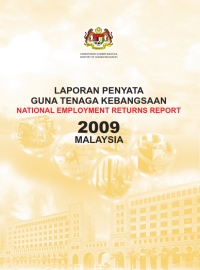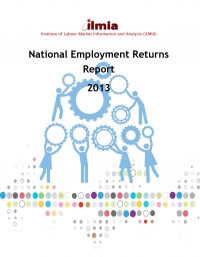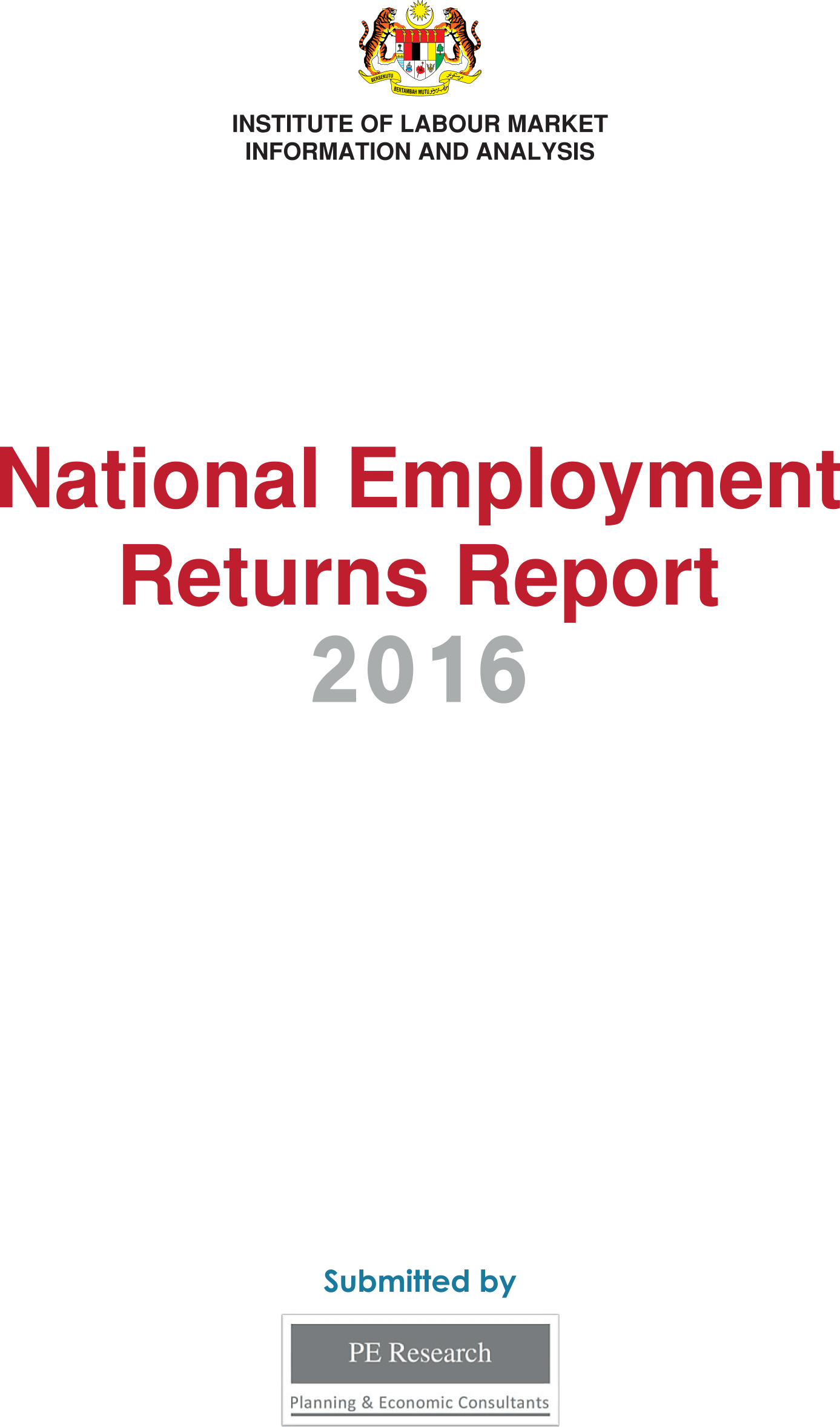National Employment Returns (NER)
ILMIA has been conducting the National Employment Returns (NER) surveys since 2007. The current NER survey, replaced a previous survey called The Annual Employment Return (AER).
NER is conducted among registered firms and employers in Malaysia, usually on a two-year cycle. Besides providing an insight into the labour market in Malaysia, the NER is a useful tool that serves to identify emerging trends in salary/wages and contributes to developing policies relating to human resource development.
In 2016, ILMIA conducted the survey for NER 2016 which covered labour market information for 2015. NER 2016 served to update information on employment, wages, skills and employee training of the workforce in accordance with the major occupational MASCO groups. Information on employee attrition through resignations and termination were also requested. As in NER 2013 questions to help gauge the effects of the implementation of Minimum Wage were included in the survey together with details on implementation of the productivity-linked wage system. The survey also sought details on expatriate and PLKS foreigners employed in Malaysia. NER 2016 continued to rely on DOSM’s Establishment and Enterprise (EE) frame, but with added efforts to confirm the existence of targeted respondents. Analysis and assessments of the survey inputs are currently underway. The findings from NER2016 is expected to be available by mid-2017.
The most recent completed NER covers 2013. Like NER 2011, the NER 2013 survey relied on DOSM’s Establishment and Enterprise (EE) frame, which is believed to have a larger coverage of establishments. Prior to that the survey used MOHR’s administrative Labour Market Database (LMD). NER 2013 continued the focus on the employment and wage of the major occupational groups at managerial, professional and technical levels. The survey also asked questions to gauge the impact from the introduction of the Minimum Wages in effect since early 2013. As planned, the NER 2013 included for the first time a pilot for the administering of the responses through an internet on-line survey framework. The main issue and challenge encountered in NER 2013 was the low response rate (20%) which affected the data quality and the sampling weights of the survey, thus calling into question the assessments of the findings.
NER 2011 updated data on employment particularly on salaries and wages of Malaysian workers, employee turnover, skills shortage, skills deficits and occupations. NER 2011 also garnered data on incidence of innovation among Malaysian’s employers. The survey also categorised industries within the NKEAs and the non-NKEAs in Malaysia. The findings in NER 2011 contributed to developing a standardised definition of salary and wages, and its components such as fixed and variable pay as well as allowances. Data on skills shortage, skills deficit and occupation also helped the government in designing policies to raise the skill levels within the Malaysian workforce.
NER 2009 survey focused on salaries which expanded on the previous usage of wages in different sectors.
List of publications:
 Bahasa Melayu
Bahasa Melayu  English
English 

